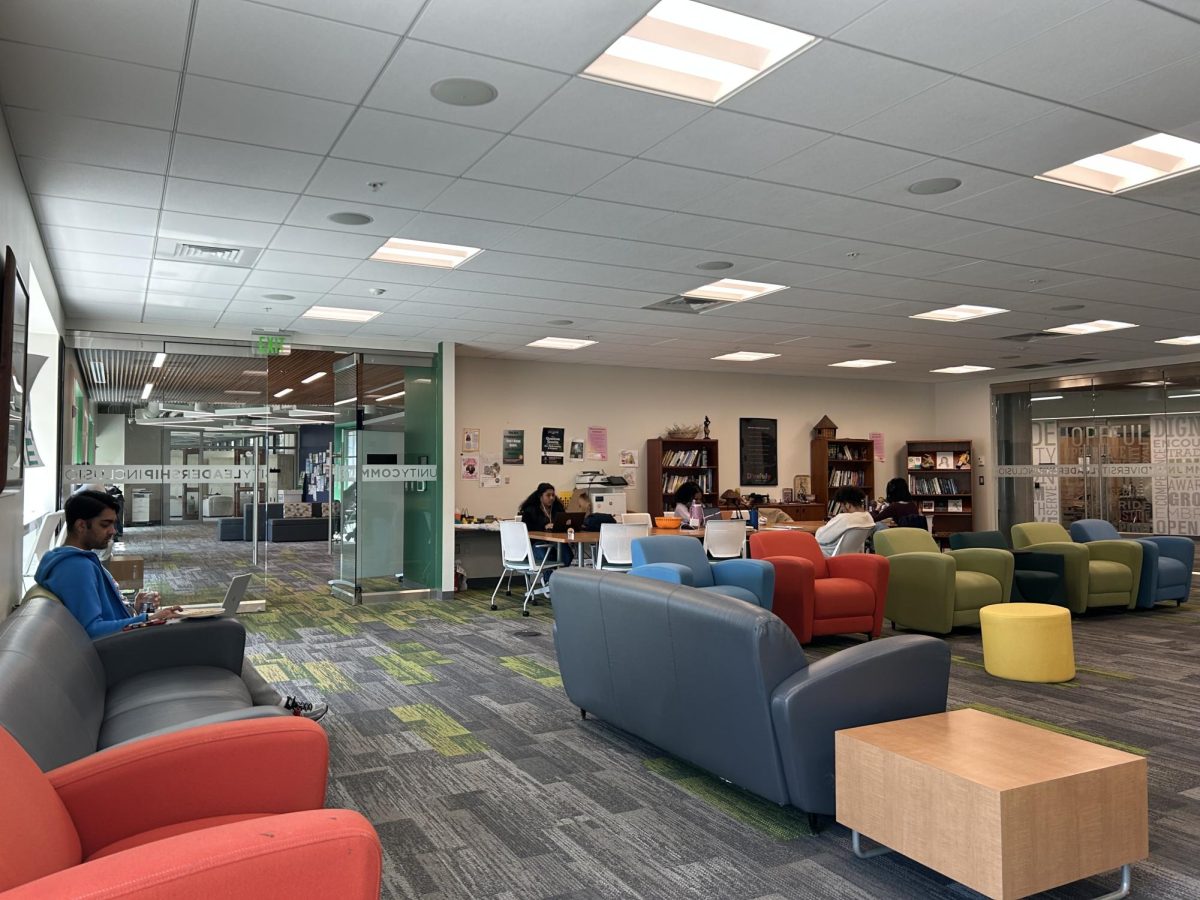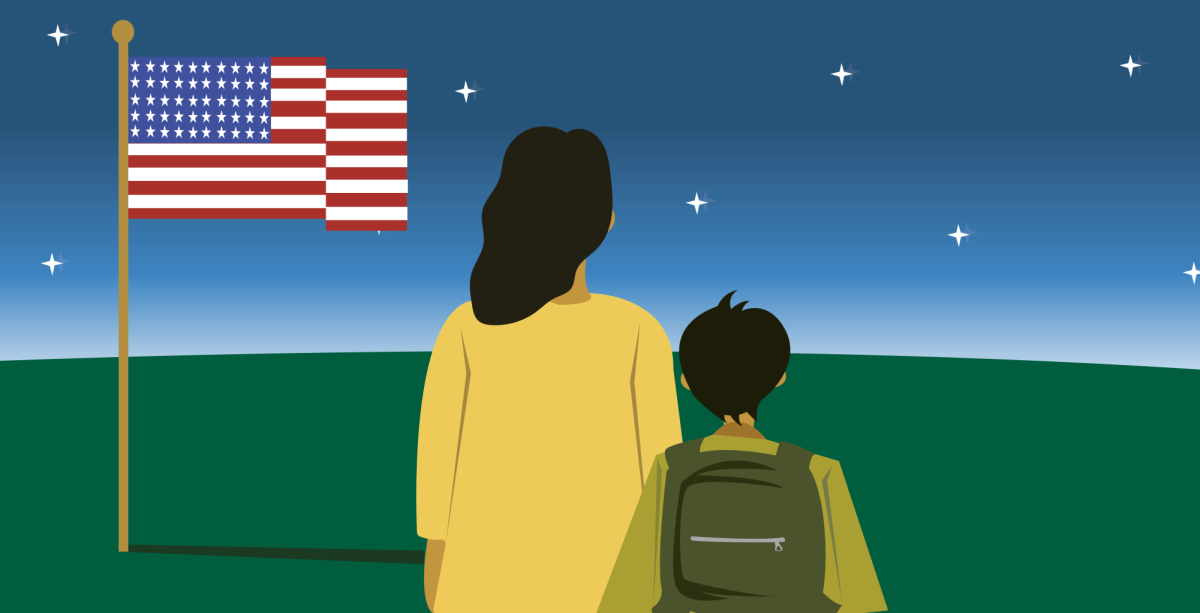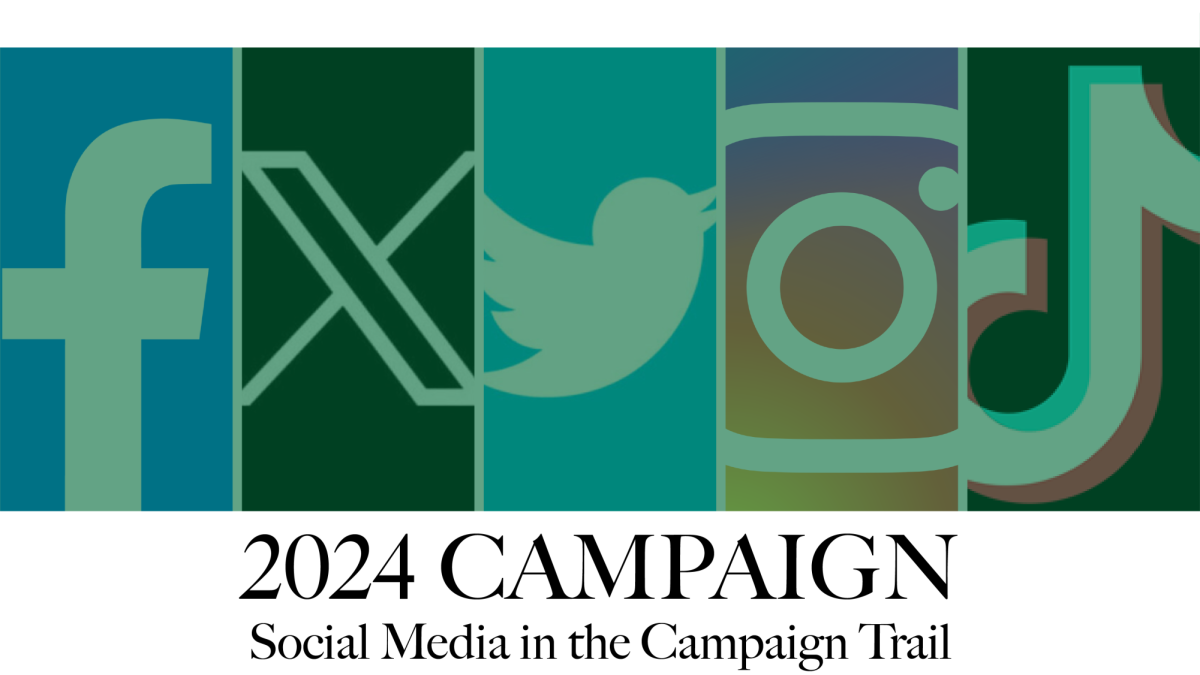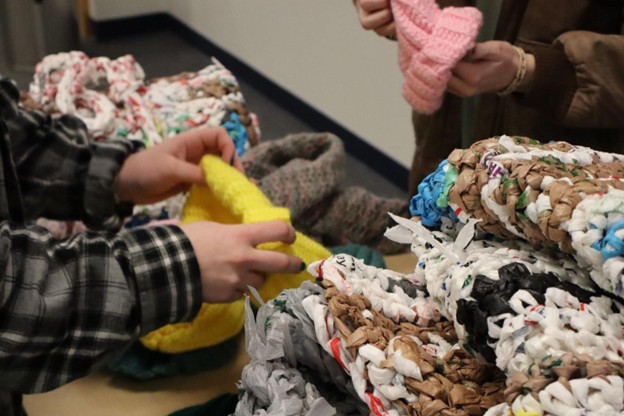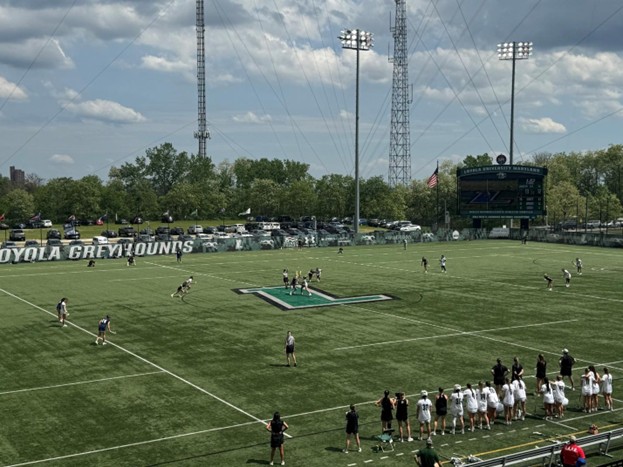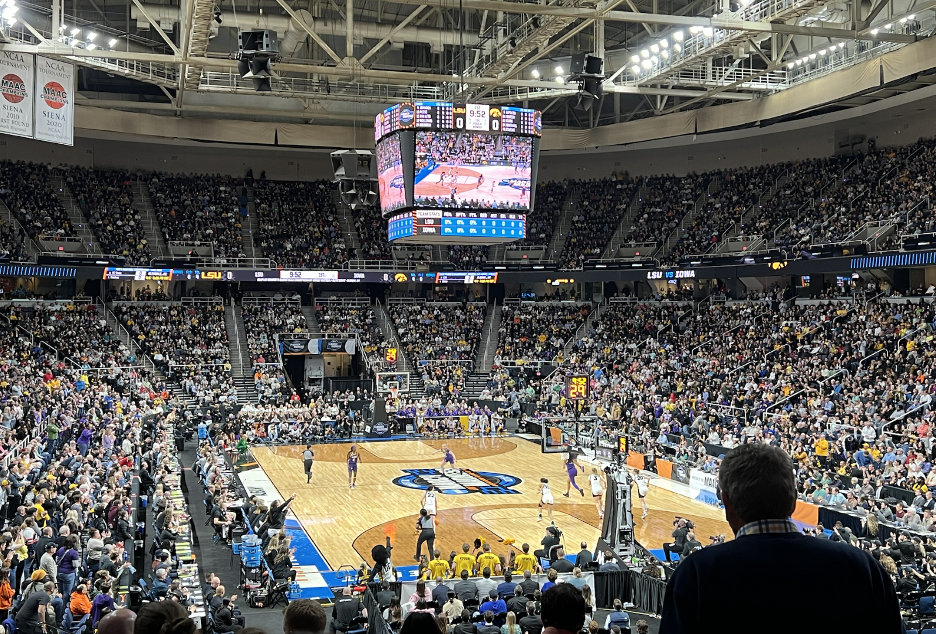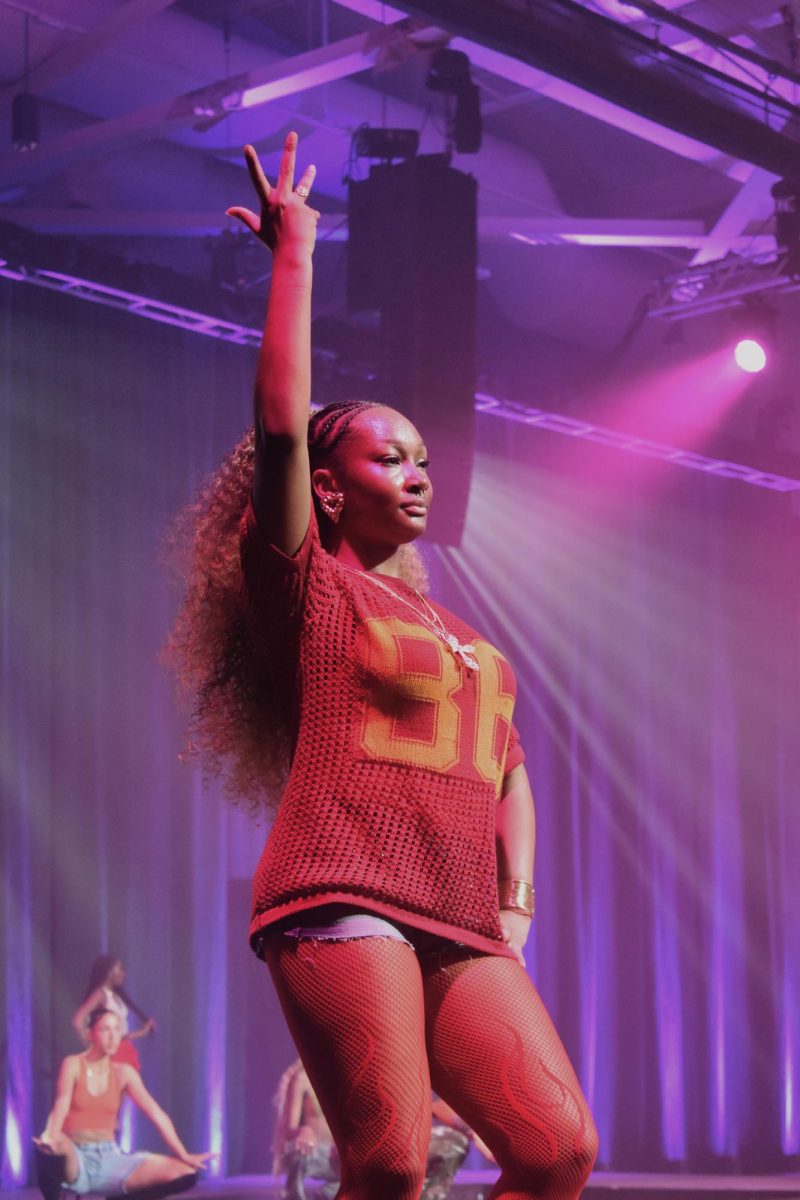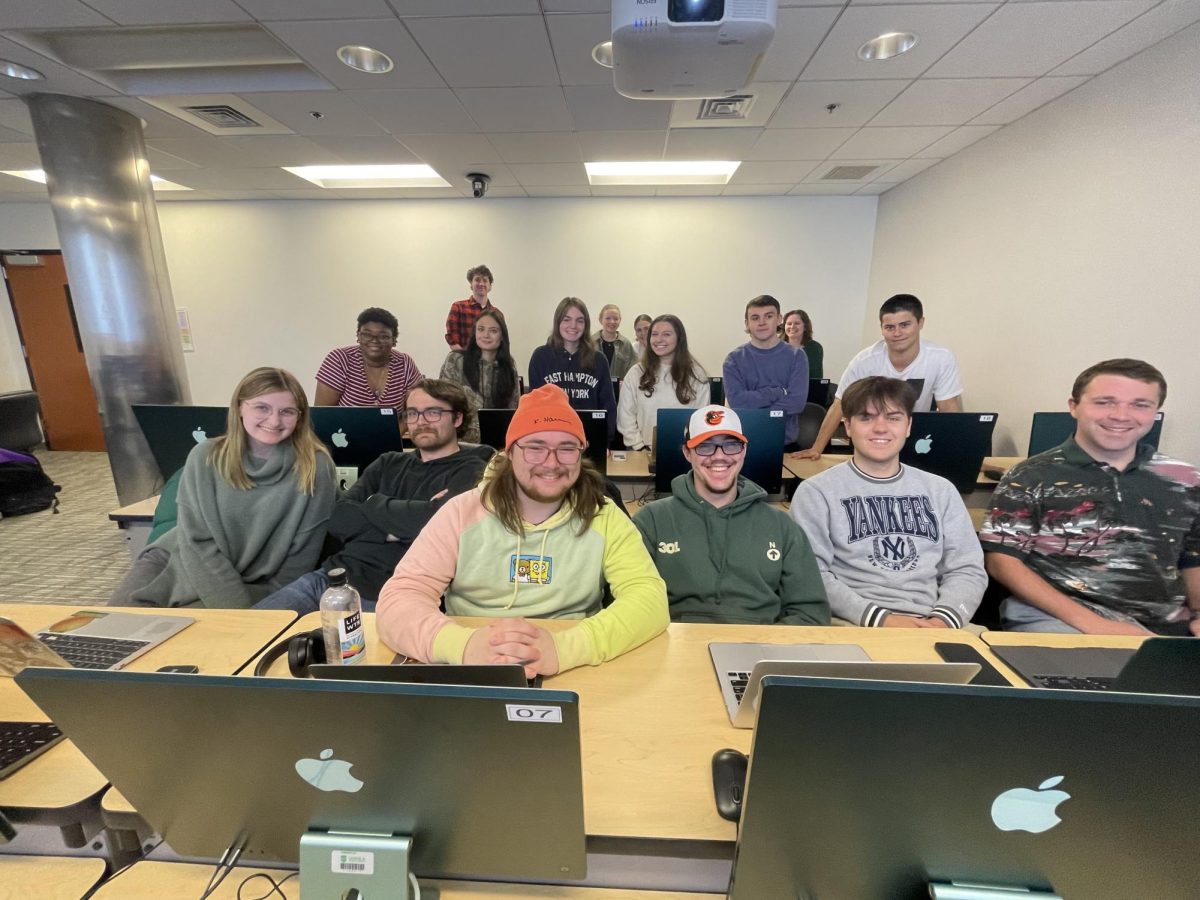Stepping onto Loyola’s campus as a first-year can be daunting, especially as a queer student. Here are some of the best ways to get connected with other queer students on campus and how to find the right support resources.
At Loyola, several unique programs of the university continue to pique incoming student’s interests. It may have been the Messina program for first years, the university’s historic Jesuit values, or maybe the experienced professional staff. One such aspect to consider, however, is Loyola’s student-run organizations.
For Dennis Velez, associate director of African, Latinx, Asian, and Native American Services, and faculty advisor to Spectrum, he recommends checking out both Spectrum and the LGBTQ+ Experience to get connected when students arrive in the fall.
“I think a lot of the time going to those meetings and the events that those groups sponsor is just such a great way to meet other people in a safe environment,” said Velez. “I always suggest to get connected with them on the Bridge, follow them on Instagram, or visit their table at the activities fair.”
In addition to Student Resource Officers, Loyola’s LGBTQ+ resources extend into places like the Women’s Center, ALANA services, and the Counseling Center.
The Counseling Center has a queer resource coordinator, Ethan “Sunny” Swift, who has also run Time & Space, a transgender and gender non-conforming support group on campus in previous years.
Campus Ministry runs Cura faith-sharing groups that meet to reflect and pray together, discussing topics specific to the group. They offer one specific to LGBTQIA+ people.
Residence Life & Housing offers all-gender housing for any class year.
The Speech-Language-Hearing Sciences Department offers a voice-affirming clinic free to students, faculty, and staff in the department’s graduate center at Belvedere Square to help students who want to modify their voice to align more with their gender presentation.
ALANA services also seek to provide support in the intersecting identities of students of color who are also LGBTQ+.
“We want to make sure that students feel like they don’t have to pick and choose what identity that they’re walking into,” Velez said. “For us, we want to avoid that and just allow space for students to enter as their fully realized authentic selves and part of the work we’re doing this semester is trying to better understand what unique needs and challenges students who are both queer and ALANA face.”
The future for LGBTQ+ resources on campus remains bright. The queer, student-run organizations have recently submitted a proposal for a designated LGBTQ+ resource center in the Strategic Plan, which is the Loyola community’s shared vision for the future of the Evergreen campus.
“This is something that queer students at Loyola have been requesting for a little over 20 years now,” Meg Cappabianca said, co-president of the LGBTQ+ Experience Club. “The idea of a queer resource staff would entail a full-time staff that is here to help when there are issues, queer students need someone to talk to and need someone to provide them guidance or connect them with the right resources.”
Beginning one’s journey at Loyola or any other higher education insulation can be daunting, but it is also an opportunity for students to achieve their goals and make the Evergreen Campus their home away from home.
“Don’t be afraid to take up space,” Velez said. “You belong here, you’re paying just as much money, and you worked just as hard as anyone else to get into Loyola. So while you’re here let your voice be heard, take up space, ask questions, and demand the change that you want to see on our campus.”









